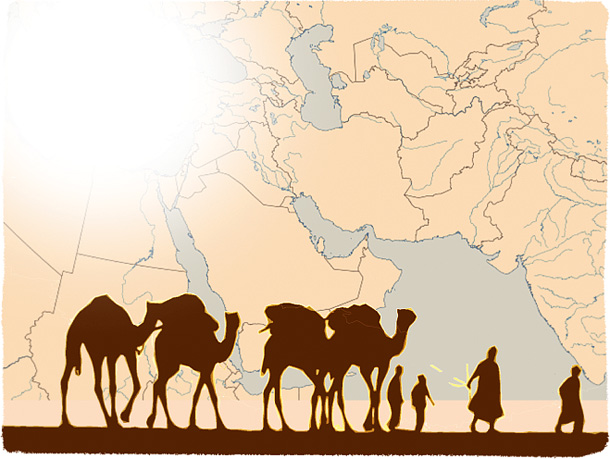Postcard from Israel

Conversely, it was believed that a solution to the Palestinian issue — through a revival of the Oslo process and reaching a two-state solution — would dampen conflict not only in Israel and Palestine but in the region more generally. Although radicalism had many local causes, injustices against Palestinians were a regional rallying point against not only Israel but the United States.
It is doubtful that this view of the Middle East was ever right, but three tectonic changes in the last 10 years have fundamentally altered the face of the region. The most recent change was the Arab Spring, a series of uprisings that mostly challenged authoritarian Sunni regimes: in Tunisia, Egypt, Bahrain and Syria. Although none of these revolutions succeeded except in Tunisia, even conservative Saudi Arabia is not immune from democratic pressures. Put differently, these regimes are now concerned as much about their own populations
The second development is nothing less than the collapse of the Middle East state system that dates to the colonial era. Four countries — Iraq, Libya, Yemen and Syria — are in the throes of outright civil war. National authority in these states has crumbled, boundaries have become porous or nonexistent, and local warlords have seized power. The Islamic State is only the most brutal of these movements.
Throughout these failed states, communities are turning back into themselves, seeking to provide local order.
Underneath all of these developments lies the great Sunni-Shia divide that separates Iran and Iraq and outposts or allies like Hezbollah and the Assad regime in Syria from the mostly conservative Sunni states. The civil war in Yemen is only one manifestation of this communal struggle, a proxy war pitting Tehran against Riyadh.
These epochal changes have had unanticipated effects on the Israel-Palestine conflict. Despite the apparent turmoil in the region, these developments have actually strengthened Israeli security as its neighbors are preoccupied with graver threats. The chances of Israel facing political pressure, let alone invasion, from Egypt, Syria or even Lebanon are minimal.
The political effects are deeper. Israel shares a surprising number of common interests with the conservative Sunni states in the region, including most clearly Egypt and Jordan but even Saudi Arabia as well. These common interests include controlling domestic opponents such as the Muslim Brotherhood, terrorism and Iran’s reach across the region. Conversations in Israel suggest that there is more communication between Israel and these states than is thought.
Finally, regional developments have not only sidelined the Israel-Palestinian conflict, but in the process weakened the Palestine Liberation Organization’s bargaining position as well. Palestinian politics is deeply divided not only between Fatah — which nominally control the West Bank — and Hamas, in control of Gaza since 2007. The top leadership is also isolated from its own citizenry, as elections for a new leadership have been repeatedly postponed.
In addition, Israeli politics has shifted even further to the right since the elections of 2015. Despite the closeness of that election, the current coalition has little appetite for concessions to the Palestinians. Although Benjamin Netanyahu continues to publicly support a two-state outcome, the conviction is not there and members of his own cabinet have more or less openly rejected it.
The Obama administration sought to “pivot” toward Asia, but the Middle East has not made it easy to do so: Iraq, Iran and its nuclear ambitions, the Islamic State, the Syrian civil war and Libya have all drawn the United States back to this troubled region.
It is pretty clear that the U.S. strategy of trying to put “daylight” between the U.S. administration and Netanyahu government failed, and miserably so. Indeed, Netanyahu exploited disaffection with the U.S. to his political advantage. The challenge for a Clinton administration will be to use her long association with the country to budge the Israeli leadership — and public — toward taking more calculated risk with respect to the Palestinians.
But amidst the other challenges in the region and the disappointing history of shuttle diplomacy, is the outcome likely to be different this time around? Like unification on the Korean Peninsula, it may be more realistic to see two states as a long-term solution, and put more effort into easing the burdens that are placed on the daily life of the Palestinians from Israeli control. Small measures — including economic ones — may not have the drama of ceremonies on the White House lawn, but are at least a start.
*The author is Krause Distinguished Professor at the Graduate School of the University of California in San Diego.
Stephan Haggard










with the Korea JoongAng Daily
To write comments, please log in to one of the accounts.
Standards Board Policy (0/250자)